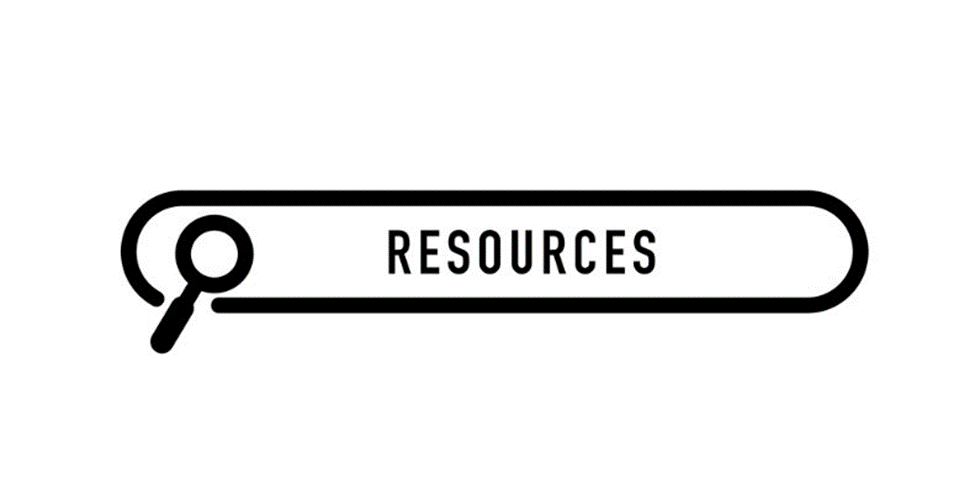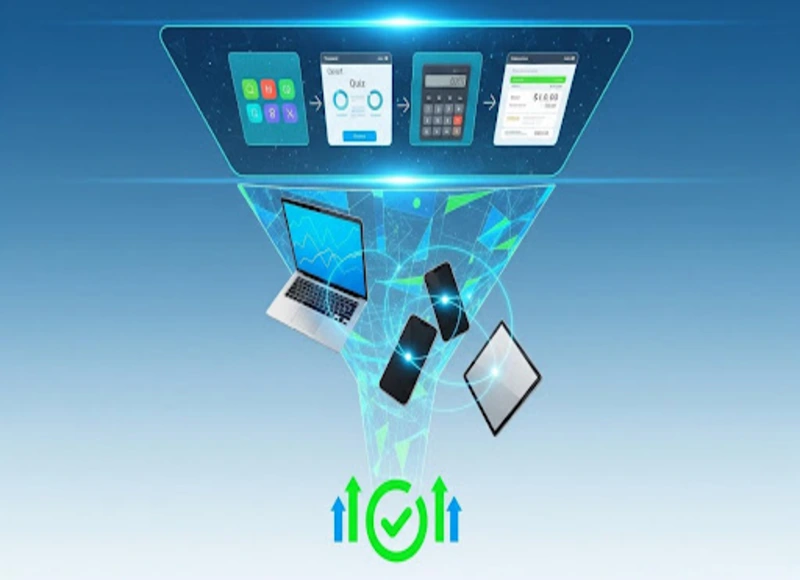Table of Contents
Enhance your writing skills with paraphrasing techniques for marketing content. Learn how to create impactful and persuasive copy.

Are you struggling to promote a new application or want to drive more visitors to your e-commerce store? Well, there could be several things that you'll need to work on. Producing quality and insightful Content is one of the most important things. Your marketing content should be explicit and have the value to attract and persuade the target audience to take desired actions.
Paraphrasing is an effective writing technique that can go a long way toward helping you write persuasive yet informative marketing content. Many consider it an easy and quick way to add value to boring Content. In this blog post, I'll talk about the importance of effective marketing content, its different types, and how paraphrasing techniques can be helpful.
Different Types of Marketing Content
Anything you interact with online is a form of Content. When this Content carries a specific purpose of convincing users/readers to take particular actions, it can be referred to as marketing content. It can be in different forms and types, such as:
- Written Content (Ad copy, landing pages, blog posts, press releases, etc.)
- Visual Content (images, infographics, videos, slides, etc.)
- Interactive Content (polls, puzzles, etc.)
- Audio Content (Webinars, podcasts, etc.)
Since our topic focuses on written Content, we'll only explain written marketing content. Written Content can be in different forms, such as:
Ad Copy
You will see this type of Content in short words appearing in ads, billboards, online, or print ads. Its main objective is to convince potential customers/visitors to take a particular action. After reading such ad copies, you can click on a link, bookmark specific URLs, or purchase.
Blog Posts
Most digital marketers regard blog posts as one of the most effective weapons to grab the attention of the required audience. If you run an e-commerce site, digital marketers may suggest you run a blog. This is because you can show your expertise and tell your potential customers what sets you apart through blog posts.
Landing Pages
You may have seen such pages before by clicking on a specific URL in an email or ad. A landing page is a single webpage designed to accommodate and convert users from different marketing channels into leads and sales. Writing such text may be hard to crack, as you have limited word choices and must write according to the page design.
Press Releases
A press release is an official announcement about the latest happenings of a particular business or organization. For instance, if your company offers cloud storage solutions and recently added more features to your products, write a Press Release to announce new features.
Reasons to Produce Effective Marketing Content
Your Content promotes your business. If it lacks quality or isn't engaging, it won't bring you any good results. According to the latest Google content updates, only helpful and appealing Content can boost your ranking. This means you must produce informative yet persuasive marketing content to enjoy top positions in SERPs.
Here are a few key reasons why producing compelling marketing content should be your Top Priority:
Attracts Target Audience – When you write clear and informative marketing content, it's easier to turn heads and convince your desired audience to learn about your brand and offerings (services or products). This will ultimately contribute to increasing traffic to your online site.
Converts Organic Traffic into Leads – Interesting Content that provides value to readers and makes them more likely to engage further, such as signing up for email lists, downloading assets, or purchasing. Dull, uninspired Content won't motivate anyone to take action. To ensure the security and authenticity of your emails, consider using a DKIM checker to verify your email authentication.
Improves Authority and Builds Trust – when written with your audience's queries in mind, marketing content can help you build trust and authority in the industry. People appreciate problem-solving Content and are more likely to turn to those who regularly produce and publish such Content.
Facilitates Marketing Campaigns – Quality content also paves the way for your other marketing campaigns, such as email marketing, ads, and corporate conferences. When you don't have any helpful content strategy, other marketing efforts don't produce fruitful results.
Now you understand why you need to produce effective Content. It can yield great results in different ways, like attracting maximum organic visitors, building long-lasting relationships with your audience, etc. Curious about how paraphrasing can help write better Content? Let's find out below.
Paraphrasing Techniques to Produce Appealing Marketing Content

Paraphrasing involves rewriting information in your own words while keeping the essence and meaning intact. Here are some specific paraphrasing techniques we can utilize:
Synonymizing for Improved Clarity and Readability
When I started experimenting with synonymizing, I was amazed by how much it improved my writing. Finding different yet suitable words is key. For example, instead of repeatedly saying "product", we could refer to it as "item", "offering" or "solution". This keeps readers engaged without losing the original context.
Let's understand this through an example.
Example:
Before: Our new inventory tracking software will help increase retail sales and revenue. The software is great for all retailers.
After: Our new stock management application will help boost your retail profits and income. The program is terrific for all shops.
As you can observe, the revised version still delivers the same meaning after being synonymized. This is how you can use this synonymizing technique to add value to your marketing content.
Sentence Structuring for a Smoother Flow
Long, complex sentences can bog Content down and confuse readers. Breaking these into two or shorter, varied sentences makes the material more skimmable and digestible. Think of sentences as a conversation. Try to keep your sentences short because readers appreciate this approach.
Here's an example of how you can change sentence structure.
Example:
Before: Our analytics dashboard is very good for all types of online businesses because it has many features that can help any business grow significantly, it has reporting, tracking, and more, which are all very useful tools.
After: Our data insights dashboard benefits all e-commerce companies; it contains many analytics that can help any business expand substantially. It incorporates reporting, monitoring, and additional statistics. These metrics are all helpful instruments.
As you can see, I made a few edits to change the sentence structure. The resulting text is coherent and carries a consistent flow. Readers won't have any trouble understanding the information it is conveying.
Eliminating Unnecessary Words
It might be surprising to see how many useless words we use without knowing. Words like "very", "really", and "basically" add little value and can often be removed. Removing unnecessary wording makes our message more concise and impactful. I've found this technique helps you write stronger calls-to-action and conclusions.
Let's break it down for you through an example.
Example:
"Before, basically, our email marketing platform helps simplify things for e-commerce merchants by streamlining complicated processes into easy step-by-step workflows that are very clear and simple to follow for anybody."
"After Our email marketing platform aids in simplifying things for online retailers by streamlining intricate processes into straightforward step-by-step sequences that are clear and uncomplicated to pursue."
As you can see in the "After" version of the sentence, the extra wording like "Basically," "Really" and "Very" have been removed. Now, it is more concise and appealing.
With these paraphrasing techniques, you can refresh your existing Content or think of more innovative ways to convey your message to your target audience. Using them consistently takes content creation to the next level.
Online Resources for Effective Paraphrasing

Luckily, some free online resources and tools can make the paraphrasing process easier:
Online Thesaurus - Having a digital thesaurus open while writing is invaluable for finding just the right synonym. Online resources like Thesaurus.com allow you to explore different synonym options with just a few clicks.
Paraphrasing Tool – A Free Paraphrasing tool employs intelligent algorithms that can paraphrase sentences or paragraphs for you while retaining the essence. I've used this to add value to my existing Content.
Online Dictionary - Besides definitions, sources like Dictionary.com provide a word's history, synonyms, and proper usage in different contexts. I regard them as vital paraphrasing aids. You never know when an unfamiliar word may spark new content ideas.
Using these resources speeds up experimenting with rephrasing. Bookmark your favourite ones to always have paraphrasing support at your fingertips.
Final Words
As you can see, paraphrasing gives us a dynamic way to produce engaging, optimized marketing content consistently. Whether you're crafting social posts, web pages, emails, or other text pieces, integrating paraphrasing elevates the impact, readability, and authority of what you share with your audience.
I have discussed some useful paraphrasing techniques and examples so you can easily imitate them to produce quality marketing content to widen your online reach. You are not restricted to these techniques; you can try them with others for desired results.
Recent Blogs
Key Benefits of Hiring Nearshore React.js Development Teams for Enterprise Projects
-
20 Jan 2026
-
10 Min
-
121
Stop Building from Scratch: Boost Your Marketing Funnel with App Templates
-
13 Jan 2026
-
10 Min
-
466







